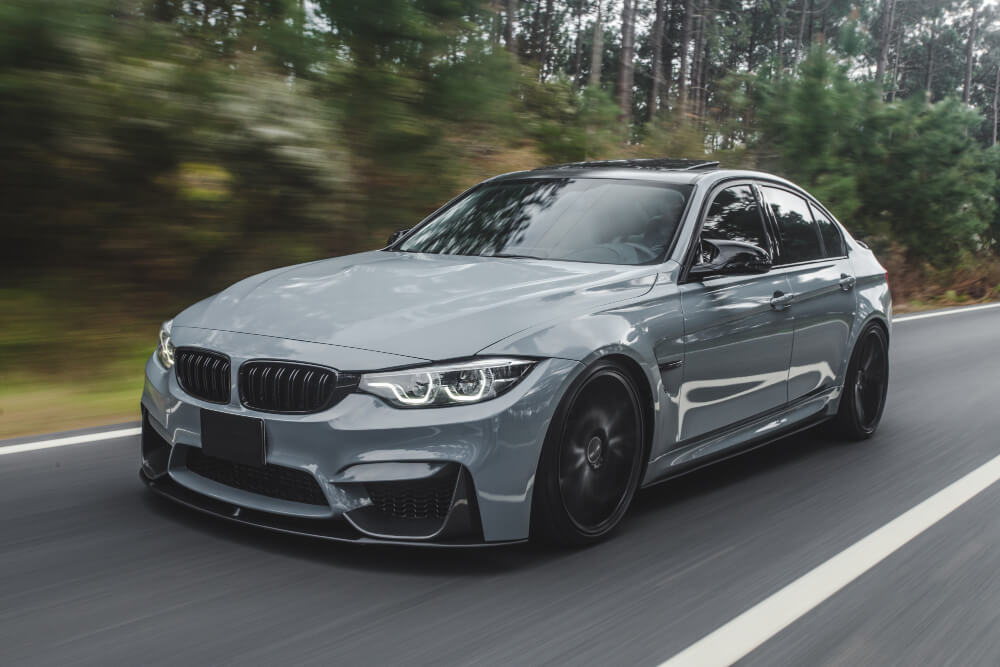How car insurance companies determine your rates
The cheapest car insurance for you might not be the cheapest for your neighbor, friend, or relative. This is because car insurance companies charge drivers differently, depending on their driver profile. Your driver profile is made up of a combination of many different factors including who you are, where you live, and how you drive.
Auto insurance companies assess your driver profile for risk, and the riskier they think it is, the more they’ll charge you for insurance. While each company has its own unique formula, most use the same set of factors to calculate this risk.
Some factors, like your age, will impact your rate more than others, such as your marital status. So while a single 40-year-old might pay slightly more than a married 40-year-old, the difference between what the same 40-year-old pays and what a 19-year-old pays will be much larger.
Additionally, some states have restrictions around what factors insurance companies are allowed to consider when calculating their rates. One is example is California, Hawaii, and Massachusetts all prohibit insurance companies from assessing credit history when determining rates.1






